
Crepe myrtles (“crape myrtles”) are one of the most common plants in the Northern Virginia, DC Metro area, and for good reason – their flowers stand out among the rest! From pink to white to red or purple, homeowners enjoy decking their properties with the aesthetic colors crepe myrtles provide.
To help your crepe myrtle flourish, however, it’s important to provide it with the best care. For crepe myrtles, this care may be in the form of fertilizer, plant health care treatments, or – which we will be discussing in this article – Crepe Myrtle Trimming.
How To Trim My Crepe Myrtle Tree?
The #1 thing to know when it comes to trimming your crepe myrtle tree is to leave it to the experts.
While it may be tempting to trim your crepe myrtles yourself, attempting the task may actually do more harm than good. Trimming your crepe myrtle won’t only put you in danger, it can put your plant in danger too.
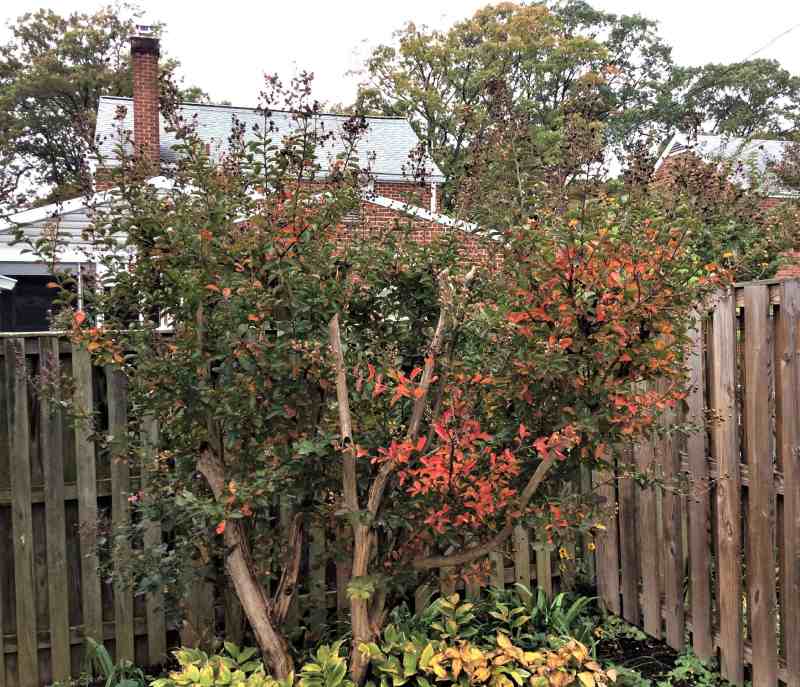
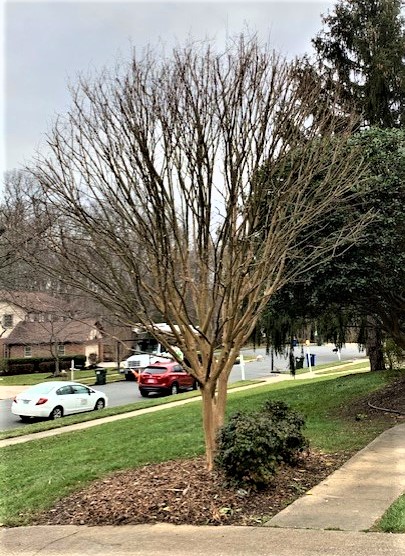
A common mistake people make when trimming their crepe myrtle is cutting the tree back, or “topping.” This technique cuts the tree down to stubs which removes the integrity of the tree bark and diminishes the general health of the tree.
Coined as “Crape murder,” not only does the improper technique make the plant look unnatural and unaesthetic, it results in misshapen stumps and branches. In this condition, the plant is no longer able to hold the pretty flowers we love to see in the spring. There is also an increased likelihood of disease and rot, which may lead to tree death.
What does a properly pruned crepe myrtle tree look like? When a crepe myrtle is properly trimmed, the plant will have been carefully examined and branches that need to be removed will be properly identified. Tree experts are able to identify which branches are thin or poorly placed and should be removed. They understand how to open up the center of the tree canopy and increase its air circulation, which improves the overall appearance and health of the tree.
What Are the Benefits of Trimming My Crepe Myrtle Tree?
1. Trimming lowers their risk for pest and disease issues
Although beautiful, crepe myrtles are prone to a series of pest and disease issues. To name a few, they’re susceptible to aphids (have you seen the annoying dripping sap?), powdery mildew, and Japanese Beetles.
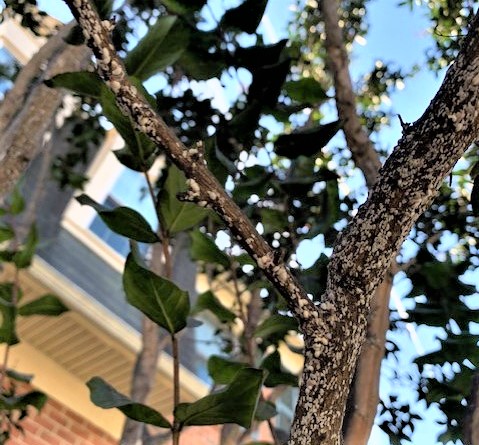
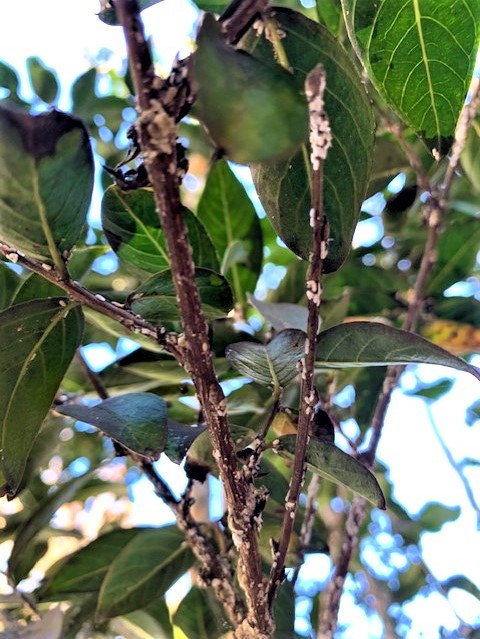
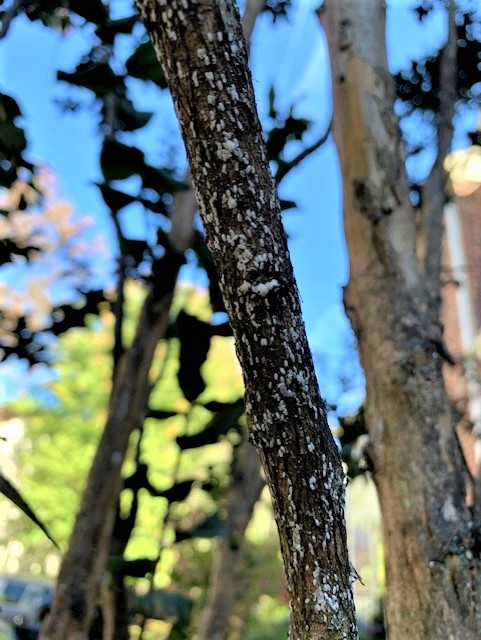
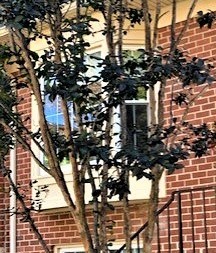
2. They look even better!
Crepe myrtles are popular for a reason – they have some of the prettiest flowers! It’s likely a reason why you may find them in shopping centers; however, don’t follow their lead of topping trees and creating “knuckles.” If you truly care about your tree and you want it to thrive, reaching out to your Certified Arborist is the way to go.


Wondering when to have your crepe myrtles trimmed? For best results, the optimal time to have your crepe myrtles trimmed is after the last frost, which is quickly approaching!
Don’t let your crepe myrtles be crepe murdered by others and don’t let them remain uncared for. By taking the appropriate steps, your crepe myrtle trees will reach their optimal health and beauty.
Get started today by reserving an appointment to meet with one of our Certified Arborists.


